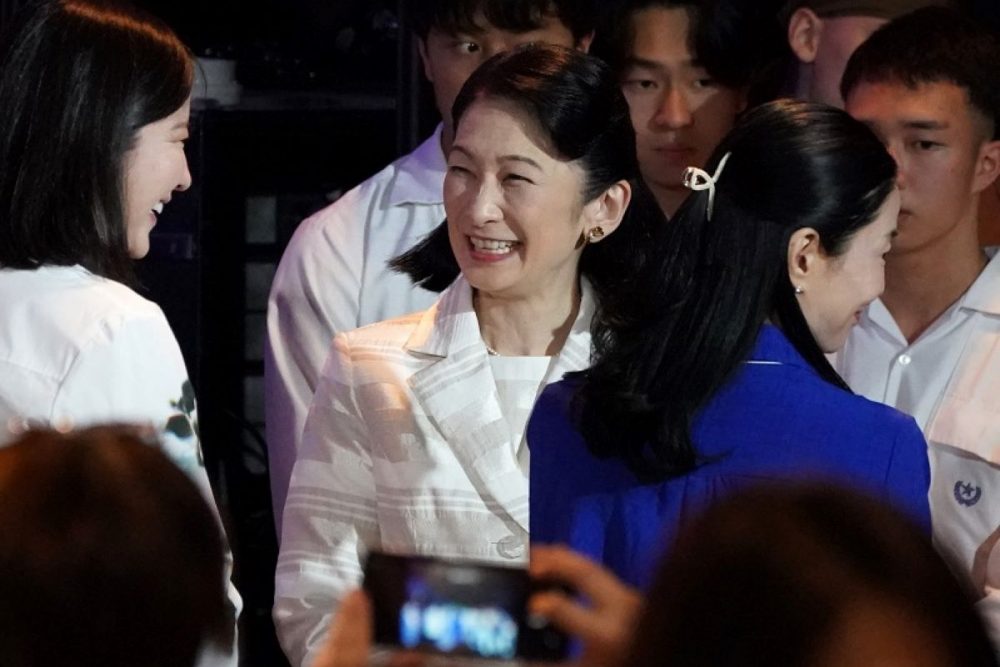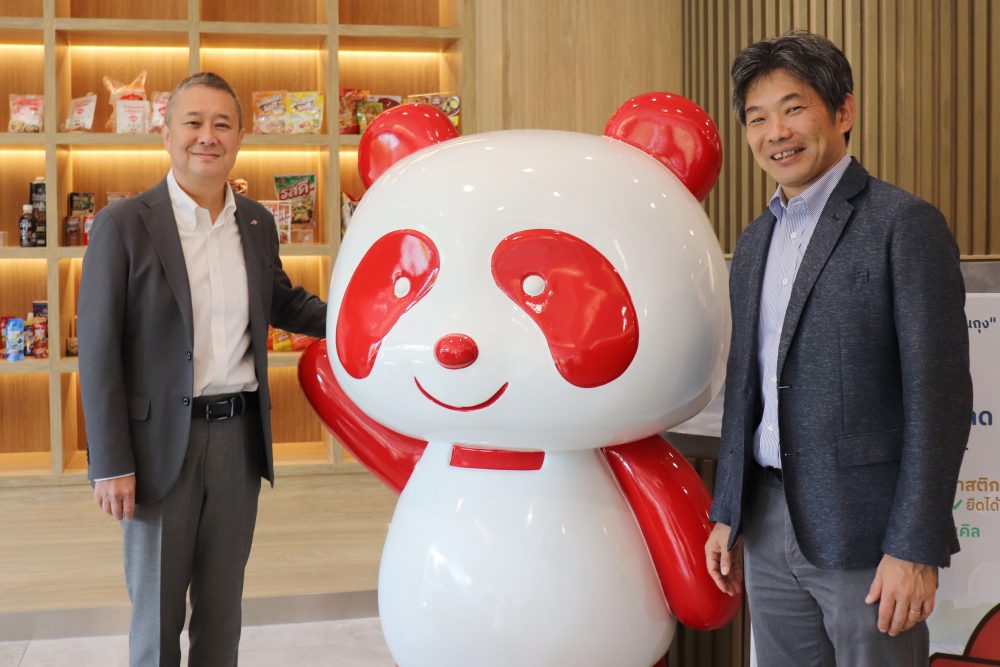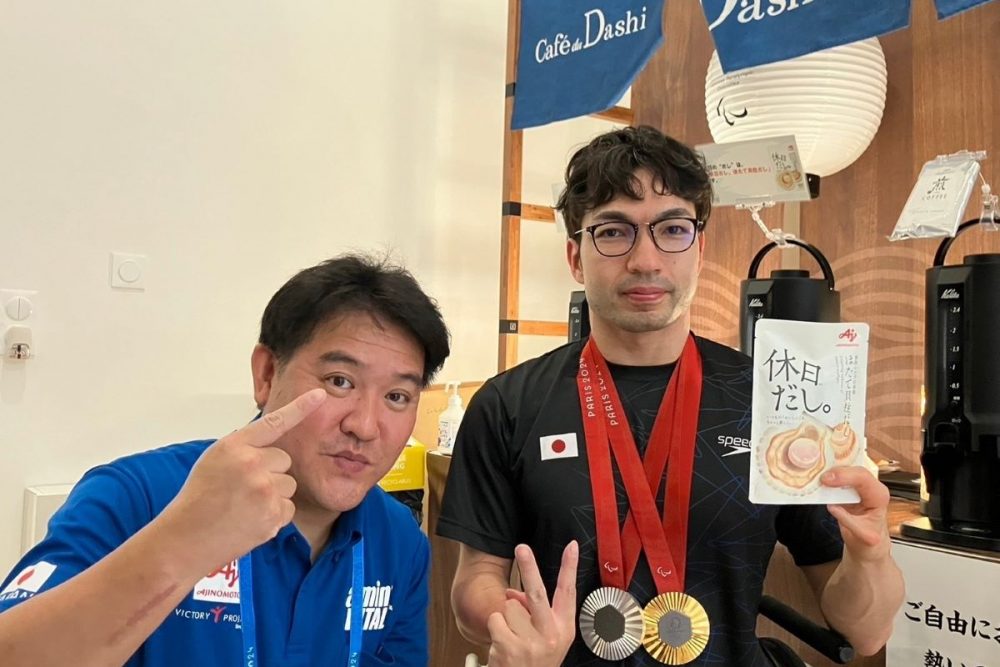Strategic Initiative on Sustainable Food Tackles Japan's High Salt Intake
The Strategic Initiative for a Healthy and Sustainable Food Environment is targeting the younger generation to raise awareness of excessive sodium intake.
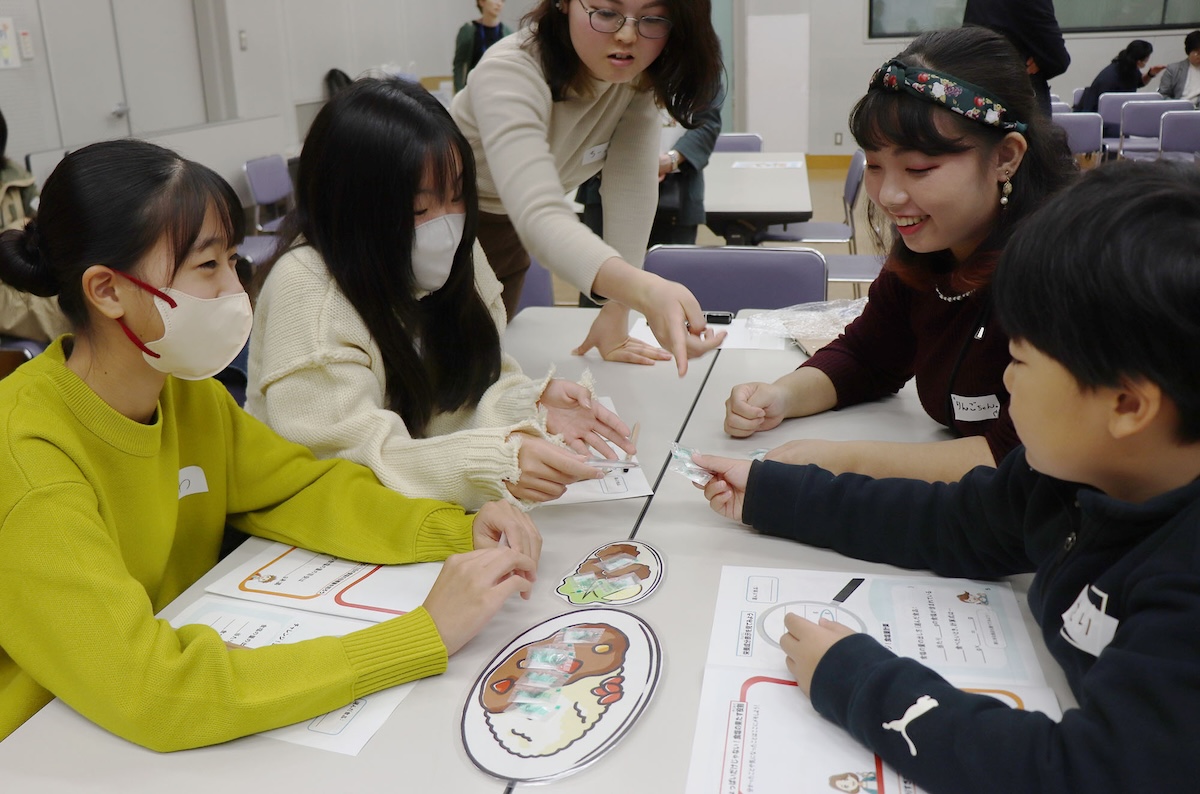
このページを 日本語 で読む
A recent seminar for children raised an important health issue – reducing salt intake. The event was organized by the Strategic Initiative for a Healthy and Sustainable Food Environment. The initiative aims to extend healthy lifespans in the "100-years of life era."
Teaching Salt Reduction to Children
"Curry rice, fried chicken, or rice. Which of these foods has the most salt?"
Elementary school students ponder over a question posed by Associate Professor Tomomi Kobayashi of the Department of Food Sciences and Nutrition at Mukogawa Women's University.
The session was part of the "Have Fun Learning about Salt Reduction Workshop" organized by the Ministry of Health, Labour and Welfare (MHLW) in Osaka's Chuo Ward in November 2023. Part of the Strategic Initiative for a Healthy and Sustainable Food Environment, the workshop targeted elementary school-aged children. It was the first of its kind organized for children under the initiative.
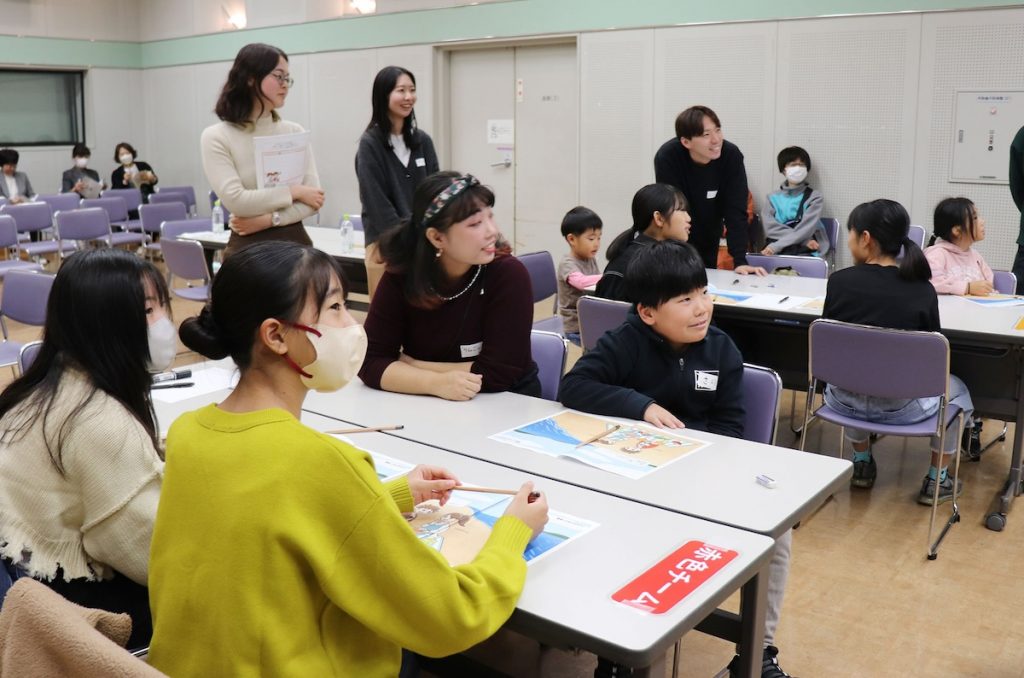
All the children answered correctly. Curry rice contains the most salt, followed by fried chicken, and then rice.
The children struggled over the next question. They were asked to estimate salt content using small 0.3-gram packets of salt. The curry rice, which contains 3.7 grams of salt, had 12 packets. One hundred grams of fried chicken got 4 packets (1.3 grams), while rice had zero.
One precocious child placed a salt packet on the rice and exclaimed, "Onigiri [rice balls] bought from convenience stores have salt!" eliciting laughter from all.
Salt Intake – a Tricky Problem to Solve
Then came a question that stumped everyone. "How can we eat our meals and stay within the daily salt intake target?"
"Guessing how much salt is in a dish is tricky," explained Kobayashi. The next part of the workshop was all about brainstorming ideas.
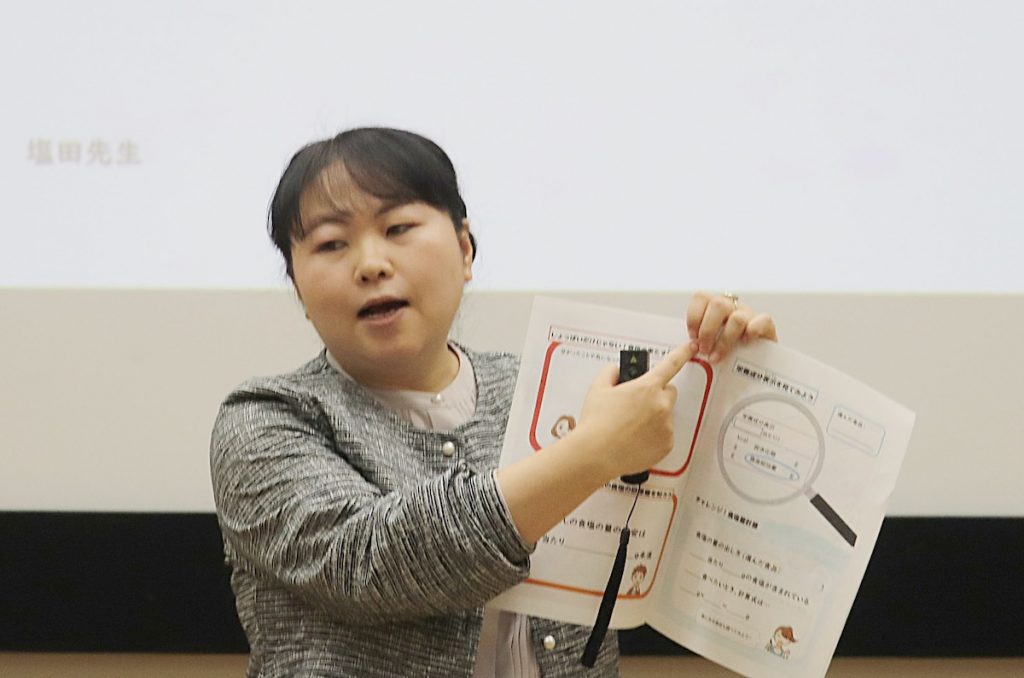
Japan is globally renowned for its longevity, but the country falls short when it comes to salt intake. The average Japanese person consumes approximately 10 grams of salt per day. This is double the daily recommended intake of 5 grams set by the World Health Organization (WHO).
Excessive salt consumption is a major contributor to conditions such as hypertension, heart disease, and cerebrovascular disease. While the problem is often attributed to dining out or eating fast food, the reality is that a significant portion of salt is consumed at home.

Dr Nobuyoshi Shiozawa, Deputy Director of the Office of Nutrition in the Health Promotion Division at MHLW, describes excessive salt intake as "Japan's greatest nutritional challenge." Children are no exception. Shiozawa and his team hope that raising awareness among children will have a ripple effect on households.
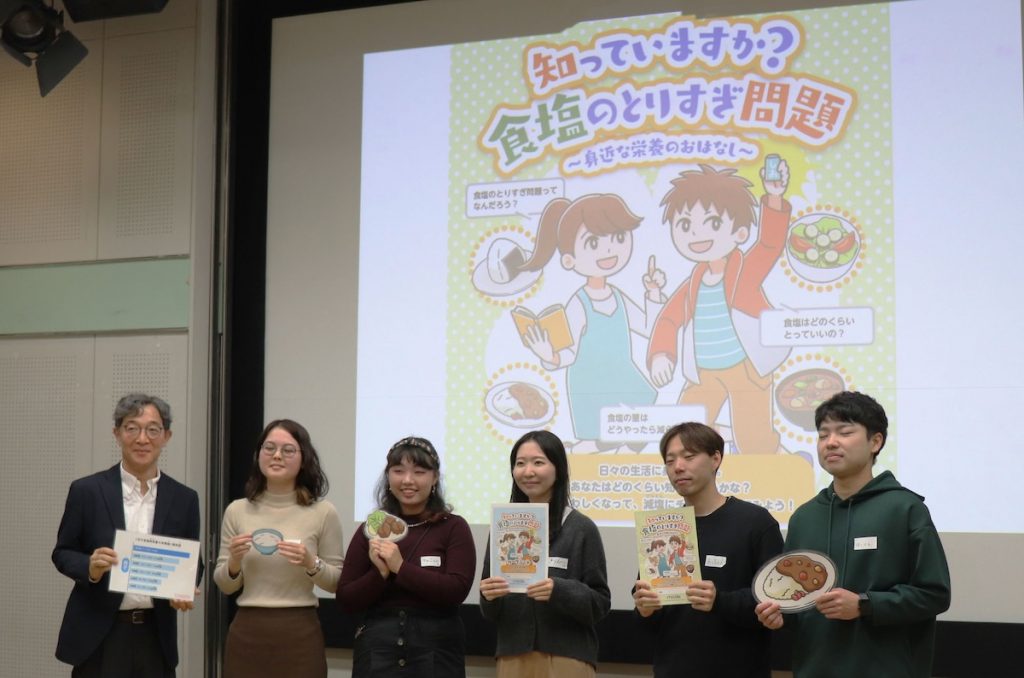
"Much of this information was new to me. While I am careful about calories and food additives on processed food labels, I haven't paid attention to salt content. I want to rethink our meals together with my child," commented one mother who attended the workshop remarked.
Exploring the Science: National Institute of Health and Nutrition
The Strategic Initiative for a Healthy and Sustainable Food Environment was launched in March 2022. It targets nutritional challenges such as excess sodium intake, underweight among young women, and nutritional disparities.
The initiative brings together industry, government, and academia to tackle these issues.
In the era of 100-year life expectancies, extending healthy lifespans is crucial. The initiative will showcase Japan's efforts to the world as it contributes to solving nutritional challenges.

The National Insitute of Health and Nutrition (NIHN), one of the research hubs of the National Institutes of Biomedical Innovation, Health and Nutrition (NIBIOHN), is supporting the initiative. NIHN relocated from Tokyo to Osaka in March 2023.
Health for Everyone
I asked NIHN's Director, Hidemi Takimoto, about the industry-government-academia collaboration on the initiative in an interview.
Takimoto emphasized the significance of the initiative. "It's our first try as a national research institute to collaborate with private companies on food information," she said.

Participating companies include Ajinomoto, Ezaki Glico, Kagome, Kikkoman, Nissin Foods, Nissui, and Meiji. These are seven of the leading food companies in Japan.
Their goal is to realize a healthy and delicious diet that people can naturally follow. Towards this aim, the initiative will create a model food environment that leads effortlessly to health for everyone, not just those with a high awareness of health issues.
The research project is divided into four working groups: (1) Databases, (2) Feedback, (3) Implementation, and (4) Simulation.
"Individual companies may develop reduced-sodium products and conduct research on sales performance, but this approach is limited," Takimoto explained.
"By conducting broader research not limited to a single company, we can gain insights to determine how best to deliver products that more effectively contribute to consumers' health," she stressed.
Pursuing Effortlessly Healthy Diets
Currently, processed food labels in Japan are required to display five items: calories, protein, fat, carbohydrates, and sodium. Other nutritional information is optional, making it hard for consumers to know what's in their food.
In contrast, in the United States, nutritional information can be searched by product name. But Japan's Standard Tables of Food Composition do not allow for such searches. With increasing opportunities for dining out and eating processed foods, there is a growing demand to make nutritional components more visible to the consumer.
"We want to compile a database of nutritional information to make it accessible," Takimoto shared.
"There's an abundance of recipes available, but nutritional information is often lacking, even though calorie and salt content are provided. By creating databases of different dishes, we can help people understand what foods to prepare to get the required nutrients for different age groups, or for special aims like ensuring sufficient dietary fiber intake. We aspire to create a society where one can eat and be healthy without a lot of conscious effort, even when picking up a bento or deli item at a store," she added.
Changing dietary habits at the level of the individual person is difficult, and sustaining these changes is even more so. There are now many products geared to reduced salt and sugar consumption. But these must also be delicious to be sustainable. The task may be feasible for those with financial resources, but economic disparities should not lead to nutritional disparities.
A Critical Moment
Over 30 companies had joined the initiative as of December 2023. The initiative's challenge is not just consumer responsibility. While the hurdle may be high, the aim is to achieve effortlessly healthy diets for all. Collaboration between industry, government, and academia is the approach.
The year 2024 is set to be a pivotal one in the field of nutrition. It marks the final year to achieve the goal set by WHO member countries to reduce sodium intake by 30%.
The Olympics will be held in Paris this summer, but Paris will also host the 2024 Nutrition for Growth Summit. At the 2021 Tokyo Summit, Japan pledged to come up with a successful model to tackle malnutrition by 2030. Time is running out to fulfill these pledges. We have arrived at a critical moment.
(Ajinomoto is a Logo Partner of Japan 2 Earth.)
このページを 日本語 で読む






